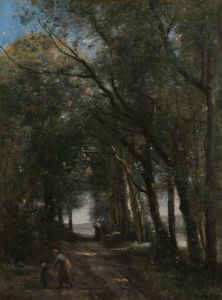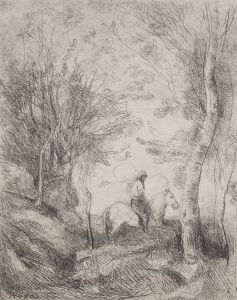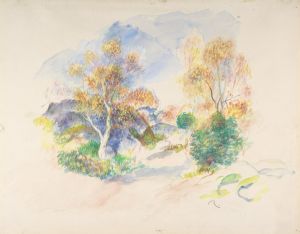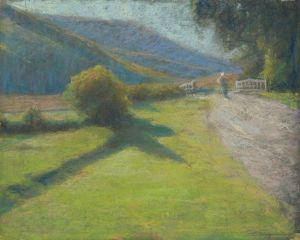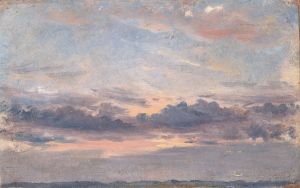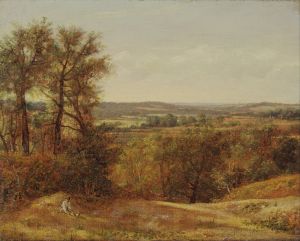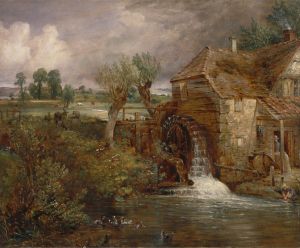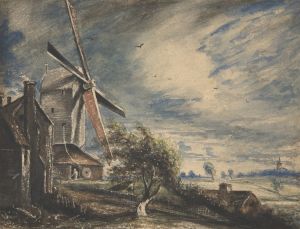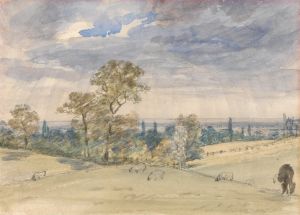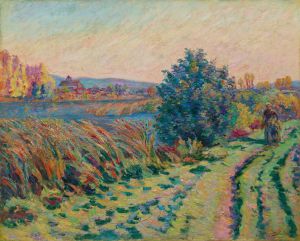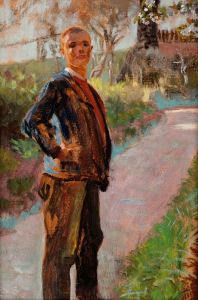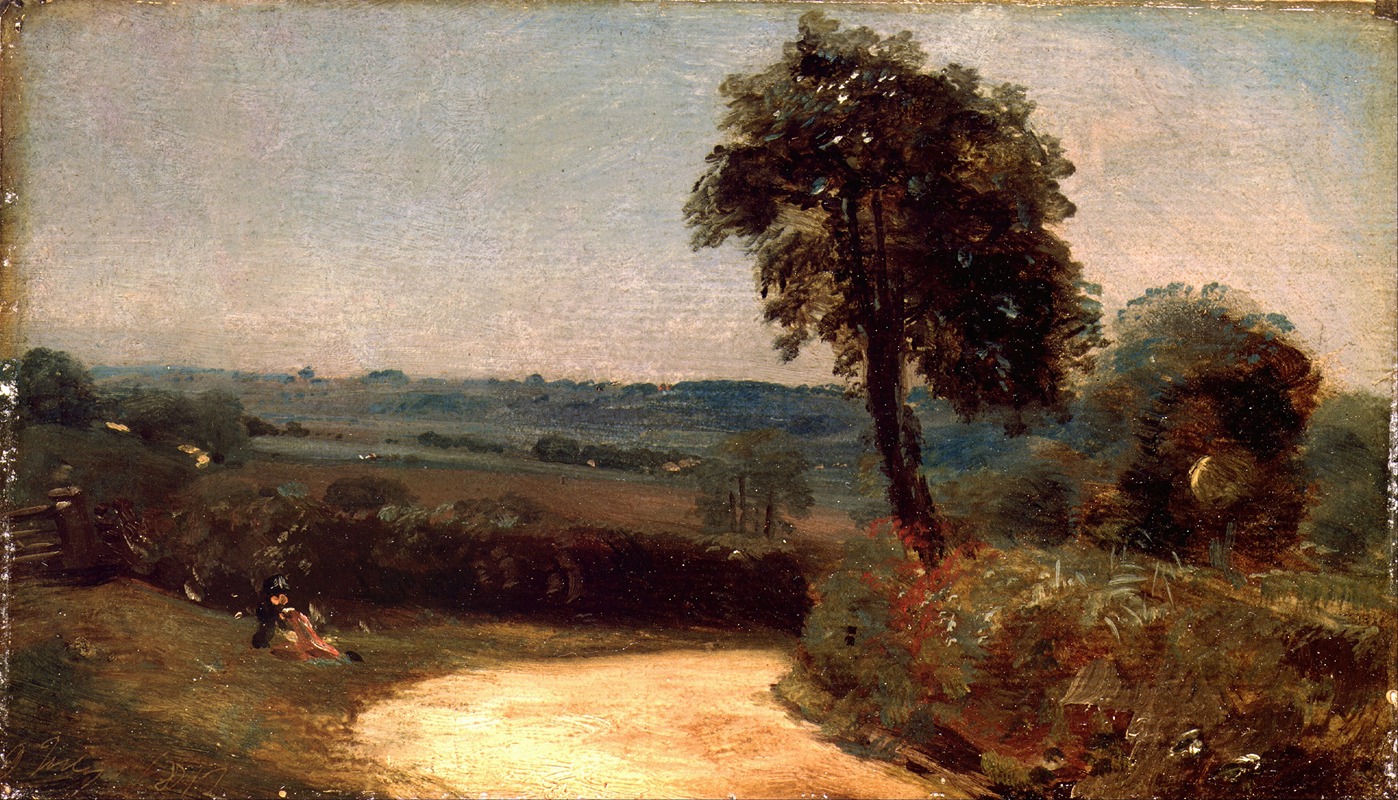
The Lane from East Bergholt to Flatford
A hand-painted replica of John Constable’s masterpiece The Lane from East Bergholt to Flatford, meticulously crafted by professional artists to capture the true essence of the original. Each piece is created with museum-quality canvas and rare mineral pigments, carefully painted by experienced artists with delicate brushstrokes and rich, layered colors to perfectly recreate the texture of the original artwork. Unlike machine-printed reproductions, this hand-painted version brings the painting to life, infused with the artist’s emotions and skill in every stroke. Whether for personal collection or home decoration, it instantly elevates the artistic atmosphere of any space.
"The Lane from East Bergholt to Flatford" is a painting by the renowned English Romantic painter John Constable (1776–1837). Constable is celebrated for his evocative landscapes that depict the natural beauty of the English countryside, particularly the area surrounding his birthplace in Suffolk, known as the Stour Valley or "Constable Country."
This artwork portrays a rural lane leading from East Bergholt, Constable's hometown, to Flatford, a nearby hamlet. The scene captures the tranquil charm of the English countryside, with its lush greenery and rustic pathways. The painting reflects Constable's deep connection to the landscapes of his youth, which served as a lifelong source of inspiration for his art. His works often emphasize the interplay of light, atmosphere, and natural elements, and this painting is no exception.
Constable's approach to landscape painting was revolutionary for his time. He sought to depict nature as he observed it, with a focus on realism and emotional resonance. Unlike many of his contemporaries, who idealized or dramatized their landscapes, Constable aimed to convey the everyday beauty of rural life. His works often include meticulous details of trees, clouds, and other natural features, which he studied extensively through sketches and outdoor observations.
The exact date of "The Lane from East Bergholt to Flatford" is not definitively documented, but it is consistent with Constable's broader body of work, which frequently explored scenes from the Stour Valley. Flatford, in particular, was a recurring subject in his paintings, as it was home to Flatford Mill, a property owned by his father. The mill and its surroundings provided Constable with numerous opportunities to study and depict the landscape.
Constable's art was not immediately appreciated during his lifetime, particularly in England, where the prevailing taste favored more dramatic and historical subjects. However, his works found greater recognition in France, where they influenced the Barbizon School and later the Impressionists. Today, Constable is regarded as one of the greatest landscape painters in Western art history.
"The Lane from East Bergholt to Flatford" exemplifies Constable's dedication to capturing the essence of the English countryside. The painting is a testament to his belief that art should reflect the beauty of the natural world and the artist's personal connection to it.






